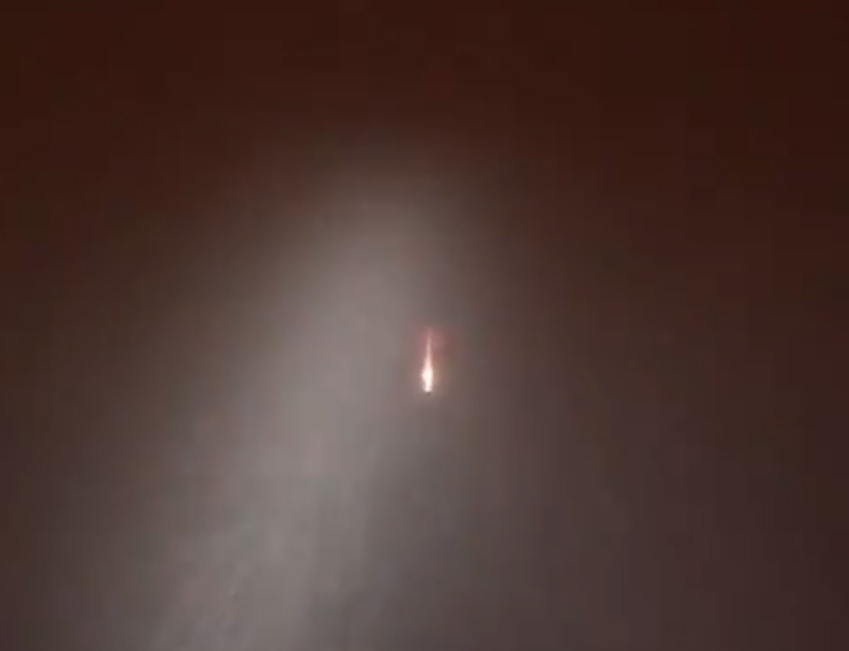Perfect landing in blinding weather
25 August, 2019
2 min read
Airline News

Geoffrey Thomas
By joining our newsletter, you agree to our Privacy Policy


A perfect landing in almost zero visibility weather is captured in this video.
The pilots are using what is called a CAT 111b landing system that guides them - and the aircraft - with pinpoint accuracy onto the runway.
WATCH: How tough is the Airbus A380? See the amazing video!
https://twitter.com/i/status/1161148062359859200
Autoland systems were developed to enable aircraft to land virtually blind although they can be used in all levels of visibility.
However, there are limits to the amount of wind component that an autoland system can handle.
For instance, for a 747-400 the maximum headwind is 25 kts (28mph / 46km/hr), maximum tailwind 10 kts and a maximum crosswind of 25 kts.
However for the autoland to work an airport must be equipped with an appropriate Instrument Landing System (ILS) or Microwave Landing System (MLS).
There are various levels of ILS capability.
CAT 1 has a decision height for the pilot of 200ft (61m) and the pilot must be able to see 2400ft (55m) down the runway. For CAT 11 the decision height is 100ft (30m) and a runway visual range of 1000ft (300m). CAT111a 100ft and 660ft, CAT111b 50ft and 246ft.
Most airports have only a CAT 1 capability.
The first aircraft to be certified to CAT III standards was a Sud Aviation Caravelle in December 1968 followed by the Hawker-Siddeley Trident in May 1972 to CAT IIIa. It achieved CAT IIIb in 1975.
The Trident had been certified to CAT II in February 1968.
Get the latest news and updates straight to your inbox
No spam, no hassle, no fuss, just airline news direct to you.
By joining our newsletter, you agree to our Privacy Policy
Find us on social media
Comments
No comments yet, be the first to write one.

